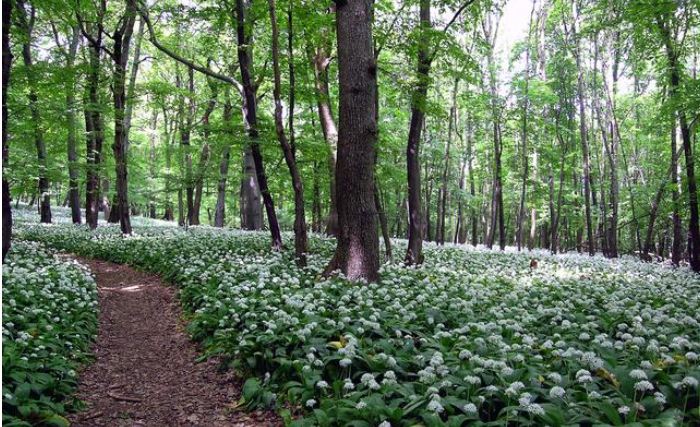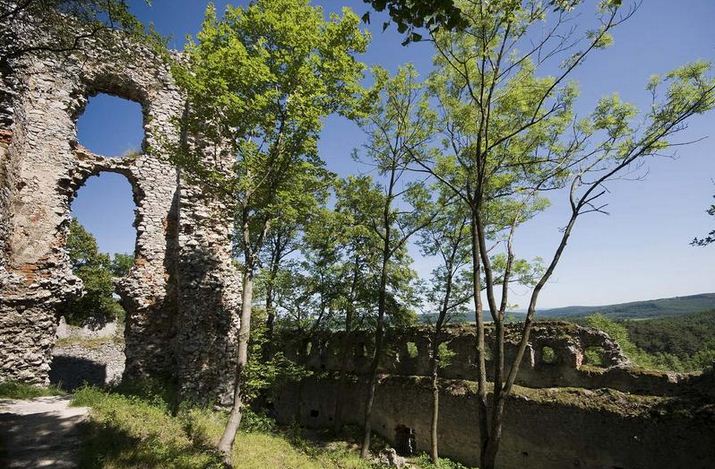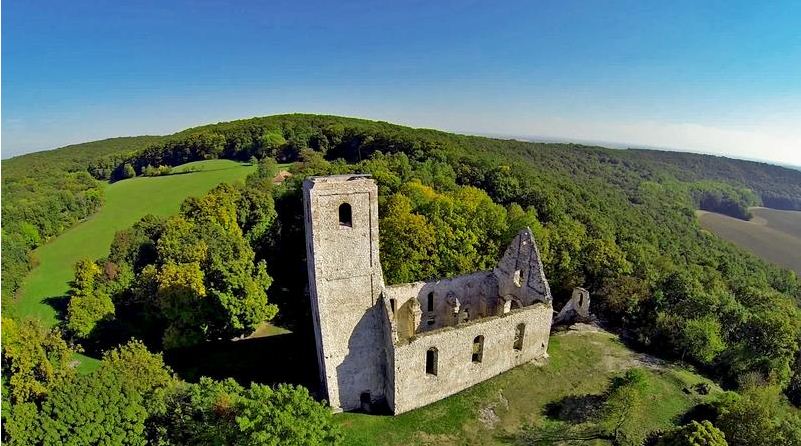Trnava county
The city of Trnava and its surroundings lie on the wide fields of Trnava highlands protected by the picturesque range of the Little Carpathians and the Váh River. The province of wide ridges leaning towards south-east and land of shallow valleys poetically called dells, populated by man since the ancient times. People have been attracted mostly by the fertile Trnava loess soil slab with moderate undulated surface and number of small creeks running down from the Little Carpathians. Although the Little Carpathians is a quite low mountain range, it gives really monumental impression from the south and east. The lower reach of the Váh river gave the wide area around it the name Lower Považie.
Trnava and its surroundings – that is an entrance gate to the eastern regions of Slovakia. The main Slovak transport route starting from Bratislava forks in the south of Trnava into the north-eastern branch leading to Žilina and Prešov, and the eastern route leading through Nitra towards Banská Bystrica and Košice.
Also from the tourism point of view, the area around Trnava is a lively and sought-for region. The individuality of Trnava historical centre is enhanced by the attractive natural sceneries mostly in the picturesque area of the Little Carpathians. Its most valuable part is protected within the Protected Landscape Area of Little Carpathians. A frequent destination of trips and walks around Trnava are the local castles. They were founded in the 13th century along the important Czech trade route which connected Czech, Moravia with the Kingdom of Hungary.
On the way from Trnava to Little Carpathians, only few kilometres north from Trnava, there lies Dolná Krupá village, which takes pride in a classicistic manor house of Brunswick’s family from 1793 and 1794 with large landscape park. The symbol of the region east from the Little Carpathians is wine. Below the foothill of Little Carpathians there lie vineyard villages - Dolné Orešany and Horné Orešany known for their great red wine. The Little Carpathian Wine Route offering pleasant sessions in typical Little Carpathian wine taverns and cellars spread around individual villages, leads through them. The tradition of viticulture, winegrowing and gourmet specialties production is attractive goods for wide group of interested people. The more to the north lying Smolenice village offers even several attraction for tourists. The biggest one is the fairy-tale-like Smolenice castle which belongs to the most beautiful romantic buildings in Slovakia. Very interesting is also the Driny cave which is the only cave open to public in the western Slovakia. The natural dominant of the Smolenice surroundings is the highest peak of the Little Carpathians - Záruby (767 m), from which it is not far to the scenic Ostrý Kameň castle ruins. Also the nearby Dobrá Voda village is beautifully set under the ruins of a castle with the same name. The neighbour village called Dechtice with a Romanesque church from 1172 is also known for its romantic ruins of the St. Catherine’s monastery.
St. Catherine’s monastery
To the east from Trnava, there lies Brestovany village, dominant of which is a classicistic manor house. The oldest and most valuable sight in Križovany nad Dudváhom village south from Brestovany village is a Romanesque rotunda originating in the period before the year 1246. The historical atmosphere can also be felt in the nearby Majcichov village; where in the Great Moravia times a significant Great Moravian hill-fort existed which also the settlements within the Trnava region belong to. In the neighbour village – Voderady, an interesting architectonic monument can be found – a neo-classicistic manor house.
You are invited to visit the region around Trnava city, an area of rich history and number of natural and cultural attractions which will captivate every hiking lover.






